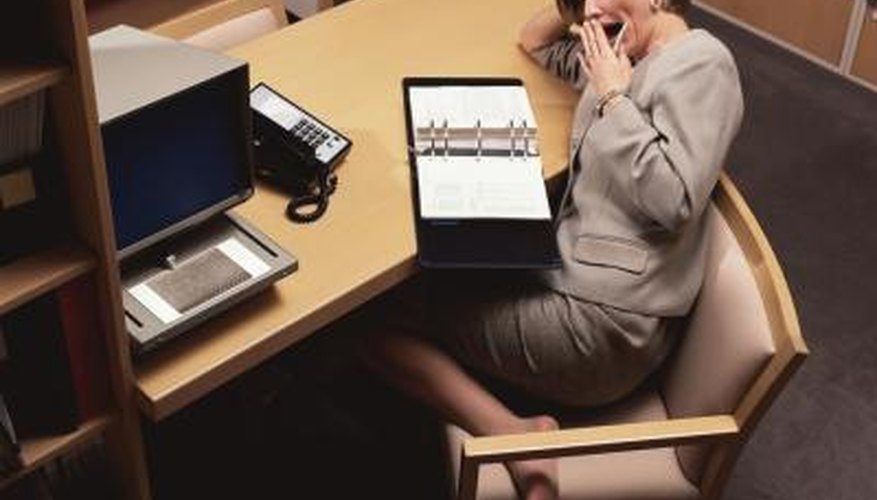Before the advent of personal computers and large-scale mass storage peripherals, the microfiche was commonly used as a means of storing and accessing large amounts of reference data. A microfiche is a large piece of slide film on which thousands of pieces of data are captured and optically reduced to microscopic size. The data is organised in rows and columns, and accessed using a microfiche reader. A microfiche reader optically enlarges portions of the film to make them readable. A slide projector or scanner operates in the same manner. With a scanner, photo editing software, and a PDF capture utility, you can convert a microfiche to PDF format.
- Before the advent of personal computers and large-scale mass storage peripherals, the microfiche was commonly used as a means of storing and accessing large amounts of reference data.
- With a scanner, photo editing software, and a PDF capture utility, you can convert a microfiche to PDF format.
Connect a flatbed scanner to your computer. A scanner with a resolution of 7,200 dots per inch (or greater) is recommended.
Install Adobe Photoshop, or similar photo editing software, and set it up so that it recognises your scanner. The application should remain open while scanning. Set image properties in the photo editing software. The resolution should be 6,400 dots per inch or higher, at a bit depth of 48 bits.
- Install Adobe Photoshop, or similar photo editing software, and set it up so that it recognises your scanner.
Install a PDF capture and conversion utility, such as PDF Writer Pro (see Resources).
Place the microfiche face down on the scanner glass. Ensure that the film is positioned correctly. Close the lid of the scanner.
Press the "Start" or "Scan" button to scan the item. Once scanned, the image of the microfiche should appear in your photo editing software. Save the item as a bitmap (.BMP) or JPEG (.JPG) file.
Open your PDF capture and conversion utility. Point it to the image file that you just created using your scanner. Save the file as a PDF document. Image resolution should be a minimum of 600 dots per inch, with 16-bit grayscale selected.
- Press the "Start" or "Scan" button to scan the item.
- Point it to the image file that you just created using your scanner.
TIP
For better results, use a microfiche carrier that isolates the film from the remainder of the scanner glass. If a carrier is unavailable, you will have to make one from heavy white paper or card stock. Some PDF conversion utilities can access a scanner directly.
WARNING
Many consumer-grade scanners have difficulty coping with the very fine resolution of a microfiche. As a general rule of thumb, if you can read some of the text on a microfiche with the naked eye, a high-resolution photo or film scanner should be sufficient to capture the microfiche data. If not, professional assistance will be required to convert the microfiche. Images scanned at very high resolutions may produce large files. Therefore, ensure that your computer has sufficient memory and processing power to handle them. If you are converting a microfiche for archival purposes, or need the best quality, a number of companies that specialise in microfiche conversion can scan it for you for a fee. Dedicated microfiche scanners are available, but expensive. They may also require significant computing resources. The Scanpro 1000 is a good example of a dedicated microfiche and microfilm scanner.
